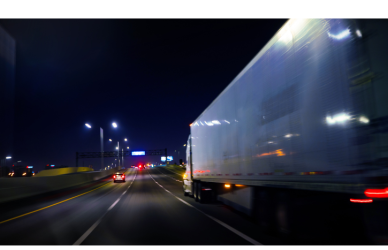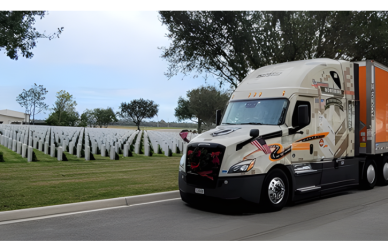The American Trucking Associations (ATA) recently unveiled updated research findings indicating that, in 2022, the trucking sector is dedicating $14 billion annually towards technology, training, and other initiatives aimed at enhancing highway safety. This follows an upward trend of the industry’s spending on saving, growing 40% since 2015.
“The trucking industry’s highest commitment is to keep our roads, drivers and the entire motoring public safe,” said Chris Spear, ATA president and CEO. “This report clearly demonstrates that safety isn’t just a slogan for our industry, it is our mission. While others talk about their commitment to safety, the trucking industry is doing the work and investing in life-saving technology and training every day.”
As per the ATA’s Safety Spend Survey, the industry’s investment in 2022 grew by more than 40%, surpassing the figures from the previous survey, which was last conducted in 2015. The survey encompassed a diverse range of motor carriers, including those with only a handful of trucks to carriers operating over 10,000 power units, offering a comprehensive snapshot of the industry. The respondents, comprising companies overseeing nearly 170,000 drivers and almost 160,000 trucks, collectively contributed to the survey.
“Trucking is a diverse industry, but our survey results show that regardless of carrier size or type, these companies are committed – just as ATA is committed – to reducing crashes and making our highways safer,” said Dan Horvath, ATA senior vice president of regulatory affairs and safety policy. “These investments go far beyond simply complying with existing regulations. Our industry’s commitment to deploying the latest technologies, providing additional training, and incentivizing safe driving behaviors show just how seriously we take the job of reducing crashes on our highways.”
The Safety Spend Survey by ATA broadly classifies the fleets’ expenditures into five key areas: onboard safety technology, training, incentives, safety-related maintenance, and compliance costs.
Source: Commercial Carrier Journal











